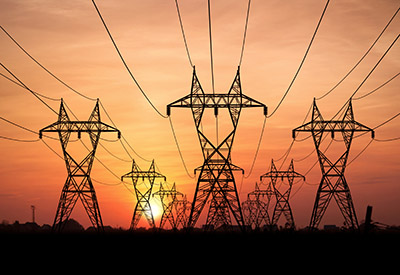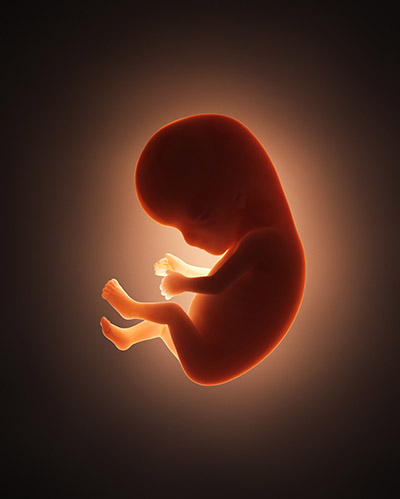
|
Glen Campbell’s “Wichita Lineman”—a poignant song from my college days—has been running through my head. And after ten years working in the electric and gas utility business, back in the 1980s, I still can’t get the inconsistencies out of my mind.
I am a lineman for the county
And I drive the main road,
Searchin’ in the sun for another overload.
Where to begin? Well, first, “lineman” is not usually a county function. In most service territories, the line crews are employed by the public utility that owns, operates, and maintains the powerlines. So I thought we had difficulty in the first line. But, on investigation, I found that Wichita is served by the Sedgwick County Electric Cooperative, so in that case the lineman probably does work for the county.
But to continue … In most utilities, the linemen don’t drive around looking for trouble. That job—which is a promotion above the classification of lineman—goes to a “troubleman.” This person works alone, as in the song, and does patrol the distribution and transmission lines. And when the troubleman finds trouble, he—sometimes nowadays, but rarely, a she—calls out a line crew to fix it. Note that while some powerlines, especially distribution lines in neighborhoods, have rights of way along “the main road,” most of the higher-voltage transmission lines cut across country. So the troubleman spends more time on back roads and in the dirt than on easy main roads.
And then, what kind of trouble does this person look for? An “overload” implies a powerline that is carrying too much electricity. That is, the utility is operating it at too high a load for conditions. Electricity passing through a wire creates resistance and sheds this energy in the form of heat. On hot and windless days, the heat can start to melt—or at least soften—a one-inch cable braided from aluminum strands, so that it sags between towers or poles and threatens to touch the trees, brush, or even ground along the right of way. That would be an obvious problem. And maybe in Kansas, in 1968 when the song was written, utility operators wouldn’t know when they were overloading their lines and causing fires. These days, powerlines are monitored by remote sensing equipment and the operator varies the load to match conditions.
What most troublemen are looking for is the location of a known fault. Sometimes, in a high wind, two of the three phases on the line—carried in the three separate wires strung from pole to pole—come together, short out, and cause a fault. Then, in a modern powerline, a device called a “recloser” works like a fuse: it pops, interrupting the flow of current, then tries to close again in case the touch was momentarily. If the fault persists, it stays open. The troubleman finds the hanging recloser, gets out a long extension pole, and closes it. But more often the trouble is a line brought down by someone driving into a pole, or the wind causing a tree branch to fall into the lines and bring them down. Then the troubleman calls out a line crew to fix it.
I hear you singin’ in the wire;
I can hear you through the whine.
And the Wichita lineman is still on the line.
I understand that you can sometimes hear the wind in the wires and think it’s your loved one singing. If you hear a whine or a buzz, then you’re not dealing with a neighborhood distribution line. More likely it’s a high-voltage transmission line, and the sound is caused by moisture or dust carrying some of that current outside the wire and along its surface, like a giant Tesla coil. And yes, a lineman or troubleman might hear this too.
I know I need a small vacation
But it don’t look like rain.
And if it snows that stretch down south won’t ever stand the strain.
And I need you more than want you,
And I want you for all time.
And the Wichita lineman is still on the line.
All right, this one’s a definite no. Well, maybe in Kansas, where the rain comes straight down and the wind doesn’t blow. In California, however, rain means winter storms with lots of wind. That means lines coming down and lots of trouble to repair. You don’t want your troublemen and linemen going on vacation then. You want everyone on call and ready to roll at all hours of the day or night. And maybe, in Kansas on the prairie, you can get so much snow that it weighs down the lines or the towers and causes them to collapse. But if a troubleman knew of a weakened section vulnerable to such weather, he would have put in an order to repair or replace it. Maybe the utility company or cooperative has not yet executed that order, but prudent management suggests you do that while the sun is shining and not wait for the snow to take out part of your system.
And then, this lineman is thinking about his lady love and needing her and wanting her. Some senior member of the crew is going to slap him upside his hardhat and tell him to get his mind on the job and get back to work. That’s the reality.
But then, “Wichita Troubleman” have been a different type of song. And none of it would have rhymed.


